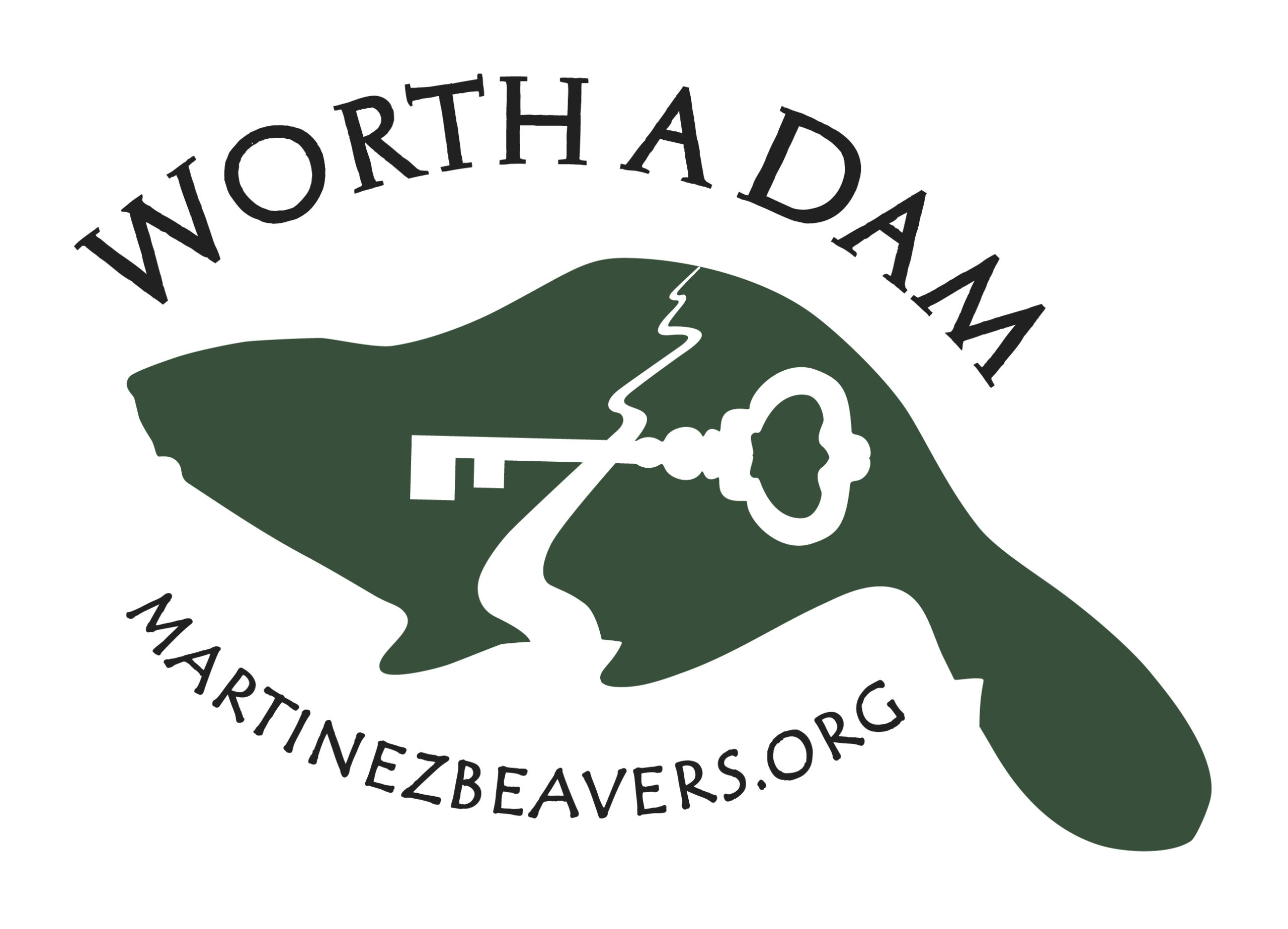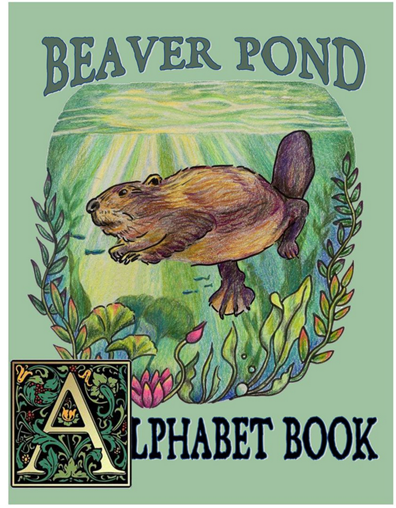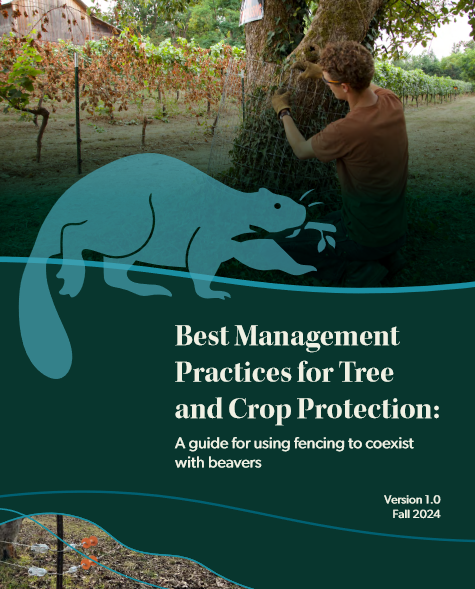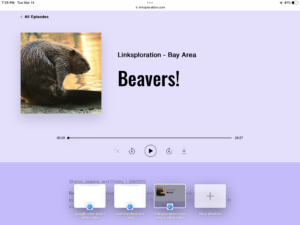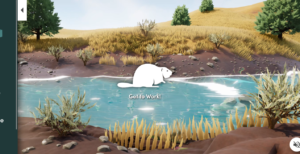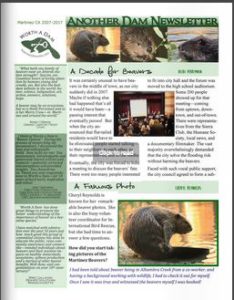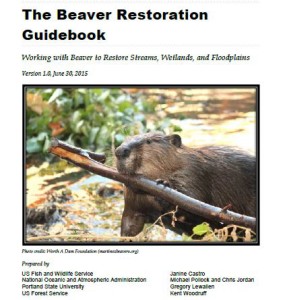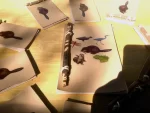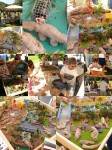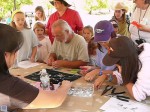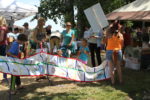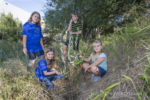This document is so packed with information it will take a while to upload but I thought it deserved to be browse-able. To download your own go to their website. You won’t regret it!
Beaver-Our-Watershed-Partner-for-WEBIncredible new achievement from our friends at Cows and Fish in Alberta. They are smart persuaders of beaver benefits for some pretty tough customers. And this really well-designed document covers all the issues and then some. Honestly, these are some of the finest beaver illustrations I’ve seen (besides Amelia’s of course!) I had to show you this one especially. Doesn’t that just say it all?
 The whole document deserves a solid read and reread on a rainy day by a window. Click here for the link to it on their website, and please pass it on!
The whole document deserves a solid read and reread on a rainy day by a window. Click here for the link to it on their website, and please pass it on!
And just in case that news isn’t exciting enough, try this new research from the forest service, to be published next month in the Journal of Fresh Water Biology.
Beaver activity increases aquatic subsidies to terrestrial consumers Summary
Summary
Beaver (Castor canadensis) alter freshwater ecosystems and increase aquatic production, but it is unknown how these changes influence the magnitude and lateral dispersal of aquatic nutrients into terrestrial ecosystems.
We examined differences in abundances of dominant aquatic invertebrates, wolf spiders (Lycosidae), and deer mice (Peromyscus maniculatus), at beaver and non-beaver sites. We used stable isotopes to track aquatic-derived carbon in terrestrial consumers and linear mixed-effects models to examine the importance of beaver presence and distance from stream channel on the percentage of aquatic-derived carbon in terrestrial consumers.
Sites with beaver activity had >200% higher aquatic invertebrate emergence rates as well as 60% and 75% higher abundances of spiders and deer mice, respectively, relative to non-beaver sites.
More beavers mean more bugs. Haven’t I always told you that? The USFS has been kind enough to count how many. And then look at all the happy spiders and deer mice who get to eat them. Hurray! I can’t wait until the entire article is available but this is a great place to start. Thanks!
Yesterday we worked on the project for this year’s Earth day and made stencil’s for these. Jon was kind enough to model, but just imagine 100 kids walking around with these on the day. We just found out that two of our hearty regulars won’t be able to help out that day! Maybe you are free on April 23rd and want to honor the spirit of John Muir by helping beavers? If you might, email me and I’ll make it sound even better! It’s a beautiful day, lots of ecologically minded folks, and beaver-admiring children. Persuaded yet?
